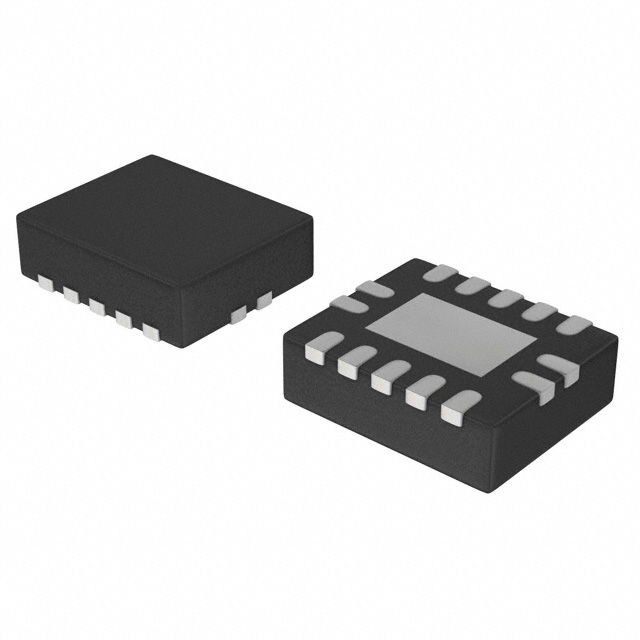Polarity
: Non-Inverting
Maximum Operating Temperature
: + 85 C
Mounting Style
: SMD/SMT
Number of Input Lines
: 8
Number of Output Lines
: 8
Supply Voltage - Max
: 3.6 V
Packaging
: Tube
Supply Voltage - Min
: 2.7 V
Package / Case
: SOT-163-20
DescriptionThe 74LVT241D belongs to 74LVT241 family and the high-performance BiCMOS device combines low static and dynamic power dissipation with high speed and high output drive and it device is an octal buffer that is ideal for driving bus lines. The device features two Output Enables (1OE, 2OE), each controlling four of the 3-State outputs.
The features of 74LVT241D can be summarized as (1)octal bus interface; (2)3-state buffers; (3)output capability: +64mA/-32mA; (4)TTL input and output switching levels; (5)input and output interface capability to systems at 5V supply; (6)bus-hold data inputs eliminate the need for external pull-up resistors to hold unused inputs; (7)power-up 3-State; (8)live insertion/extraction permitted; (9)no bus current loading when output is tied to 5V bus; (10)latch-up protection exceeds 500mA per JEDEC Std 17; (11)ESD protection exceeds 2000V per MIL STD 883 Method 3015 and 200V per machine model.
The absolute maximum ratings of 74LVT241D are (1)VCC DC supply voltage: -0.5 to +4.6V; (2)IIK DC input diode current (VI < 0): -50 mA; (3)VI DC input voltage3: -0.5 to +7.0V; (4)IOK DC output diode current(VO < 0): -50 mA; (5)VOUT DC output voltage3(output in off or high state): -0.5 to +7.0V; (6)IOUT DC output current(output in low state/output in high state): 128/-64mA; (7)Tstg storage temperature range: -65 to 150 °C.(1. Stresses beyond those listed may cause permanent damage to the device. These are stress ratings only and functional operation of the device at these or any other conditions beyond those indicated under "recommended operating conditions" is not implied. Exposure to absolute-maximum-rated conditions for extended periods may affect device reliability. 2. The performance capability of a high-performance integrated circuit in conjunction with its thermal environment can create junction temperatures which are detrimental to reliability. The maximum junction temperature of this integrated circuit should not exceed 150°C. 3. The input and output negative voltage ratings may be exceeded if the input and output clamp current ratings are observed.).

 74LVT241D Data Sheet
74LVT241D Data Sheet







